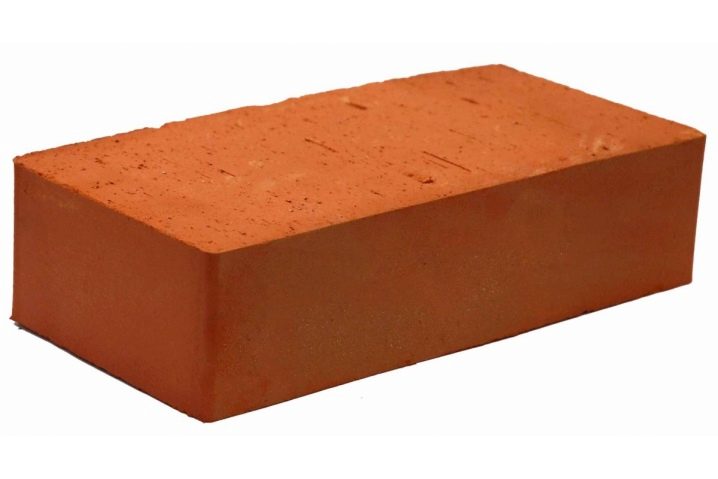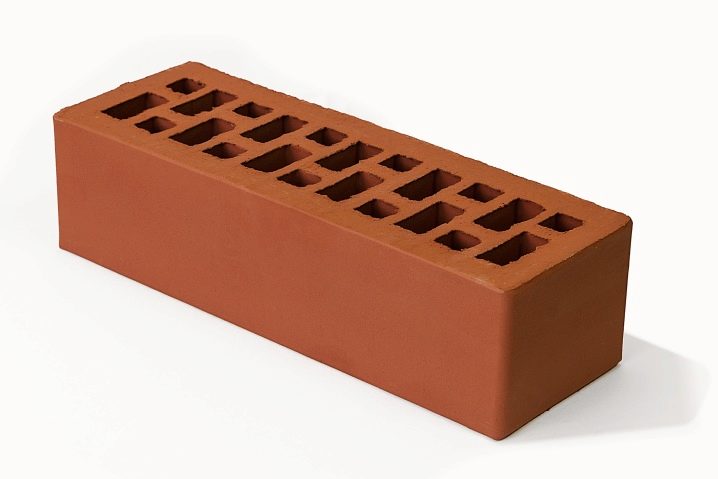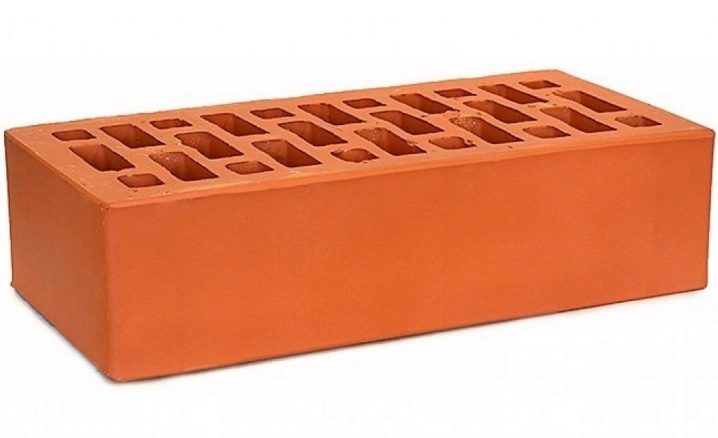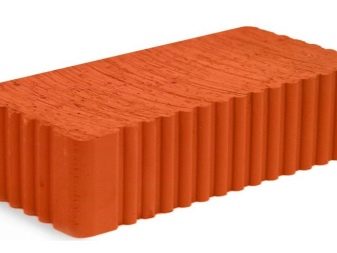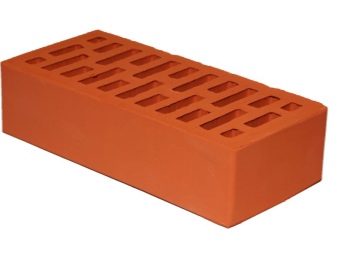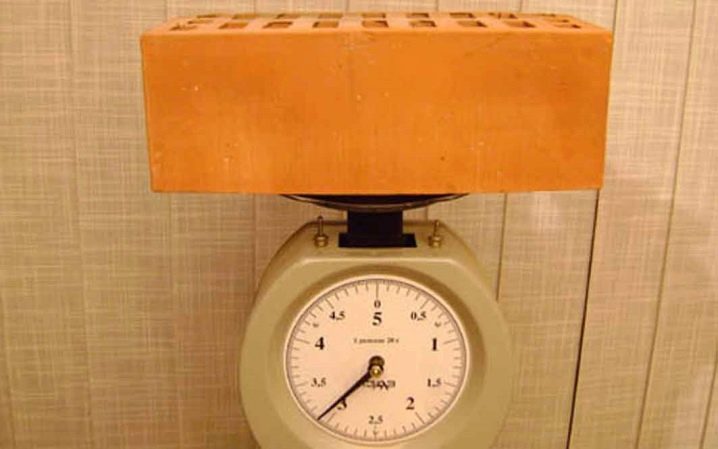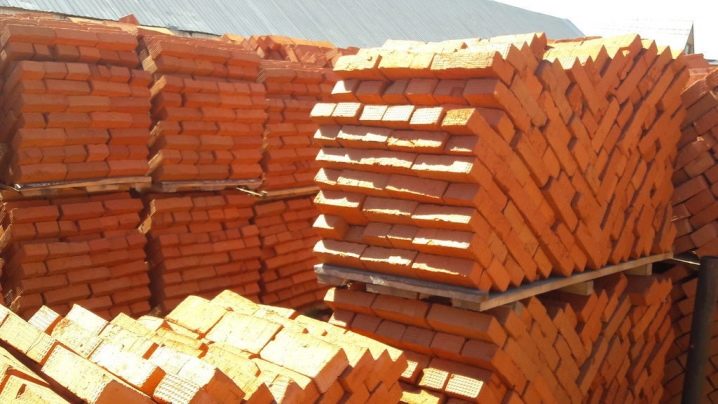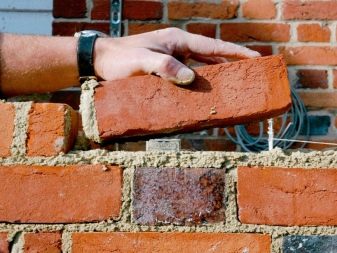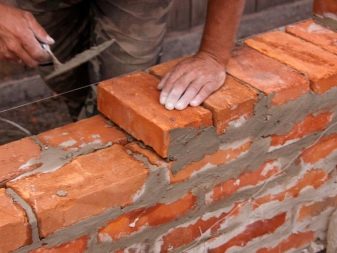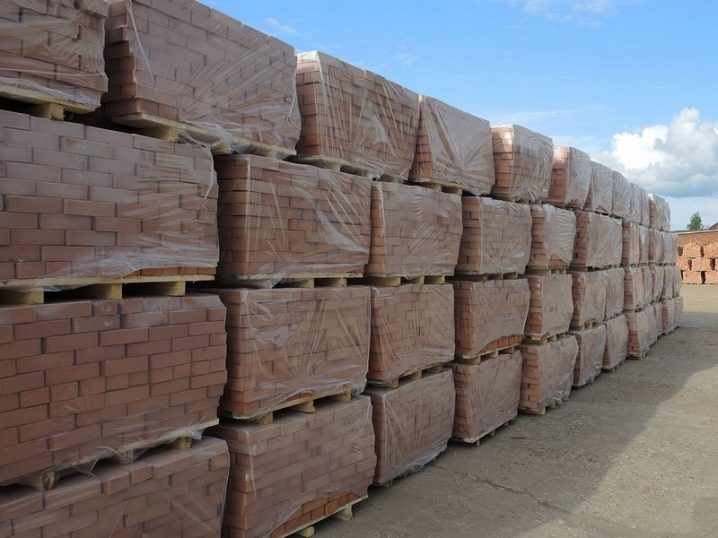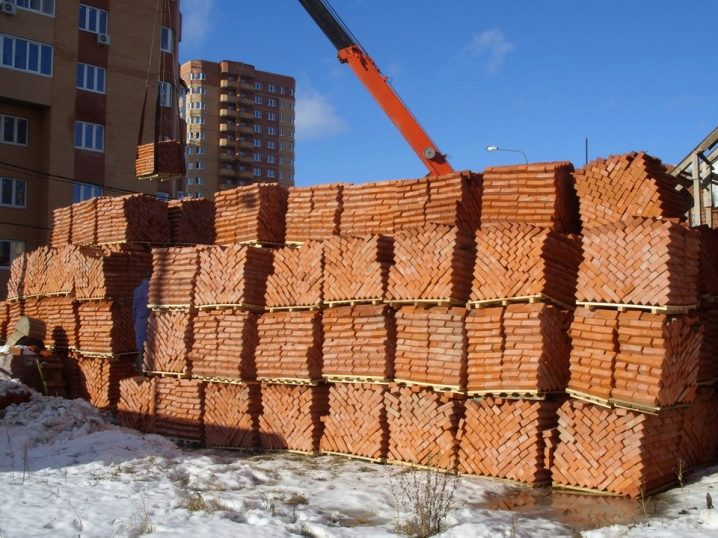The weight of red bricks and how to measure it

Back in ancient times, our ancestors mastered the technique of making unbaked bricks; today, thanks to modern technologies, it became possible to use a more versatile and durable counterpart in construction - red brick. This material is considered the most popular in the construction as residential. so and outbuildings. In addition to the aesthetic appearance, it provides the building with safe and long life.
Species
The construction market is represented by a huge assortment of bricks. Despite the fact that this product may have a different shape, size, structure and color, its types are few.
These include three main types.
- Private. This is the most common brick, it is often used for the construction of external structures, which provide for the subsequent finishing of plaster or any other decorative material. Such blocks are also suitable for laying not only load-bearing, but also interior walls. This building material is characterized by good performance properties, is available in the price, but when building residential premises requires additional insulation.
- Socle (facial). It is considered a decorative product, because it is most often chosen for cladding facades. This brick is expensive, so they carry out the outdoor layout in half a block. The material is resistant to moisture and temperature changes, ideal for finishing objects in all climatic zones of the country.
- Special. It is made from a high-grade and refractory clay solution, so it is perfect for furnace construction. This masonry is used to build a stove, fireplaces and chimneys. The red brick of this type has high durability and is sold at an affordable price.
In addition to the above types, red blocks can be further subdivided into subspecies, depending on their size and internal content. On sale meets a corpulent and hollow brick.The main difference in these blocks is the presence or absence of through holes. Hollow products allow budgetary masonry, because they are cheaper and less spent. In addition, cement mortar evenly penetrates into their cavities and provides reliable adhesion of fragments in all directions.
Weight
Know exactly how much 1 pc weighs. red brick is impossible, since when it is released, some deviations from the standard indicator may be allowed. In addition, the weight of one unit may vary depending on its size and structure. An ordinary solid brick weighs much more than models with holes.
If we take into account the standard and regulations of the GOST standards, then the weight of one single solid brick should be from 3.5 to 3.8 kg, and samples from 3.2 to 4.1 kg can also be found. As for the hollow block, its weight ranges from 2.5 to 2.6 kg. Therefore, it is often used for the construction of interior partitions. The presence of voids inside the cavity makes the material easier and easier to work with him.
Dimensions
Dimensions of red brick are different, as it is produced single, one and a half and double.Dimensions of standard blocks are 250x120x65 mm, one-and-a-half 250 × 120 × 88 mm, and double ones 250 × 120 × 138 mm. To choose the appropriate type of brick, it is necessary to take into account the thickness of the walls, features of supporting structures and climatic conditions where construction is planned. All of the above parameters are subject to change, since each manufacturer produces blocks according to its model range. A single brick perfectly tolerates low temperature, absorbs moisture and retains heat. One and a half and double blocks are characterized by high quality and weight. Due to their size, construction of structures is faster.
Measurement Methods
Before you start building brick objects, you must correctly calculate the construction material. For example, you always need to know how many blocks are required during laying per cubic meter. With this information, you can avoid many mistakes and speed up your workflow. To date, builders use several types of brick calculation:
- average consumption of blocks per cubic meter m masonry;
- approximate consumption per 1 square. m masonry.
The first option is most often chosen when a structure of uniform thickness is erected.In addition, such calculations will not work if the walls are laid in 2.5 bricks. The number of bricks in a cube may vary depending on the type of blocks and the thickness of the seams. Therefore, if you use a standard red brick with a size of 250 × 120 × 65 mm, then for 1 cu. m laying it will need approximately 512 units.
As for the second method of calculation, they are performed, taking into account the masonry scheme and the size of the blocks. Thus, to get the wall thickness of 12 cm, taking into account the seams, you will need 51 pcs. single brick, 39 pcs. one-and-a-half and 26 pcs. double. At the optimum thickness of structures of 25 cm, the material consumption will look like this: 102 units. single blocks, 78 units. one and a half and 52 units. double.
Since the transportation of red bricks is carried out on special pallets, it is also necessary to know how many fragments one pack contains. Up to 420 single bricks, 390 pcs are usually placed on one platform. one-and-a-half and 200 double. Having the number of blocks, you can easily calculate the weight of the material.
You will learn more about red brick from the video below.

